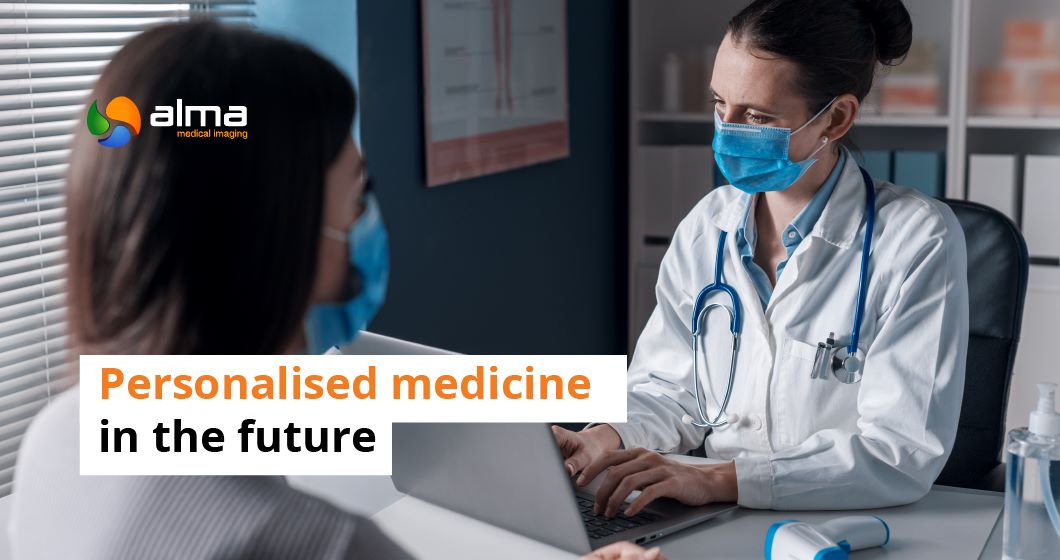Personalised medicine, with the patient at the centre, is part of the future of medicine, a future in which data will be increasingly important.
Personalised medicine and expectations
Personalised medicine does not focus on the pathology, but on the patient. In other words, it assumes that each person experiences the disease and reacts to treatment differently, which is why each patient must be attended to and treated individually.
Genomics and medical data
How can this be achieved? Precision medicine is increasingly seen as a combination of genomics and medical data.
The study of the whole genome makes it possible to orientate decisions towards the patient and not towards statistics. In other words, prognosis, treatment and, in general, the way to proceed will be oriented towards the individual thanks to the information available, which can indicate anything from sensitivity to a drug to the patient’s risk of developing a certain disease.
To get to this point, however, it is necessary to have sufficient data. Today, a lot of data is generated in a clinical setting, yes, but is it unified? The truth is that data can come from many different sources, even from a smartwatch that counts heartbeats, but these sources are not always connected.
Let’s go further. Even in the best cases, is this data accessible to researchers working on new treatments?
Patient-Specific Model
The Patient-Specific Model provides an answer to these needs, as it brings together in a single space all the data so that the healthcare professional and even the patients themselves can access all the information and have a global vision of the person at all times.
Discover Alma HEALTH PLATFORM
Our all-in-one Alma HEALTH PLATFORM is designed to manage all this medical data by means of middleware capable of collecting it and empowering the patient, who can access it whenever he or she wishes.
In addition, the data will be standardised so that it is easy to process and can be properly used, always with a view to providing better patient care.
In this way, it offers an excellent diagnostic and decision-making tool for healthcare professionals, who can exchange this information to work collaboratively and improve healthcare communication. The objective? To provide better patient care by ensuring that the doctor has all the data at his or her fingertips at all times.
In fact, its collaborative environment allows information to be shared securely with other professionals in the healthcare ecosystem, such as the aforementioned researchers or prosthesis manufacturers, among others.

